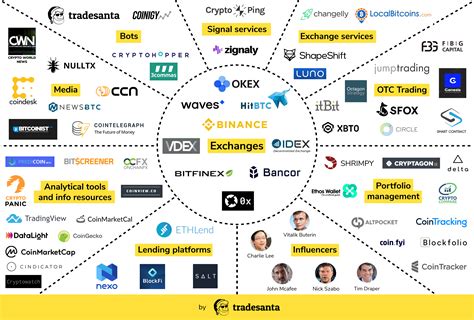- CRYPTOCURRENCY
-
by admin
“Cracking the Code: Understanding Cryptographic Metadata and Layer 2 Exchanges in the Cryptocurrency World”
The cryptocurrency world has come a long way since its inception, with advancements in technology and innovation driving growth and adoption. One crucial aspect that has been overlooked until recently is the importance of metadata in the blockchain ecosystem. In this article, we will delve deeper into the concept of cryptographic metadata and how it is used in cryptocurrency exchanges, particularly layer 2 platforms.
What is Cryptographic Metadata?
Cryptographic metadata refers to the unique digital signatures or hashes associated with each data item, such as transactions, assets, or other digital information stored on a blockchain. These metadata values are typically generated using advanced cryptographic techniques and serve several purposes:
- Data Integrity: Ensuring that data remains authentic and unchanged throughout the transfer process.
- Consensus: Providing a way for nodes to verify ownership and validity of data.
- Non-repudiation: Confirming that the sender intended to send a specific piece of information.
Cryptocurrency Exchanges: The Role of Metadata
On cryptocurrency exchanges, cryptographic metadata plays a vital role in facilitating secure and efficient transactions. Here’s how:
- Transaction Validation: Exchanges use cryptographic metadata to verify the authenticity and integrity of incoming or outgoing transactions. This ensures that only authorized users can send or receive cryptocurrencies.
- Smart Contract Execution: Metadata is used to execute smart contracts, which are self-executing contracts with the terms of the agreement written directly into lines of code. These contracts enable complex financial instruments like derivatives and stablecoins to be traded without relying on intermediaries.
- Token Management: Exchanges use metadata to manage tokens, including their creation, transfer, and redemption. This ensures that users can track the ownership and validity of their digital assets.
Layer 2 Exchanges: A Different Approach
Layer 2 (L2) exchanges have gained popularity in recent years, particularly among smaller-scale operators. These platforms operate on top of a mainnet blockchain, leveraging off-chain transactions to reduce congestion and costs. Here’s how L2 exchanges use cryptographic metadata:
- Off-Chain Transactions
: L2 exchanges process off-chain transactions, such as orders or market data, before relaying them back to the mainnet.
- Liquidity Provisioning: By caching frequently traded assets on a secondary layer, L2 exchanges can provide liquidity to users without relying on traditional centralized exchanges (CEXs).
- Token Standardization: L2 platforms typically adopt standardized token protocols such as ERC-20 or ERC-721, ensuring interoperability and compatibility with other blockchain networks.
Benefits of Layer 2 Exchanges
Adopting Layer 2 exchanges offers several benefits:
- Scalability: Off-chain transactions enable faster processing times and greater scalability.
- Cost Savings

: Reduced fees and lower transaction costs make Layer 2 exchanges more accessible to users.
- Increased Efficiency: Automated processes and reduced network congestion improve overall efficiency.
Conclusion
Cryptographic metadata is a crucial aspect of the blockchain ecosystem, enabling secure and efficient data management on cryptocurrency exchanges. By understanding how metadata plays a role in Layer 2 exchanges, we can appreciate the innovation that drives growth and adoption in this space. As the world of cryptocurrencies continues to evolve, it is essential to recognize the importance of cryptographic metadata and its impact on the underlying technology.
